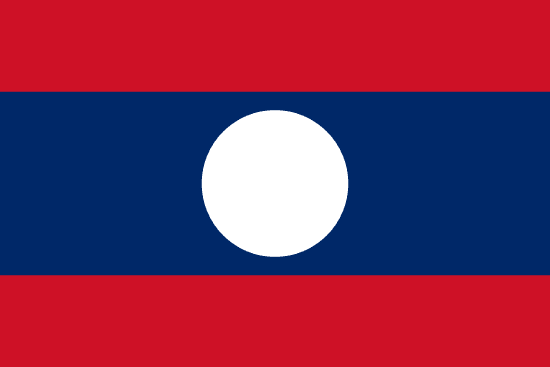"ແຂວງຊຽງຂວາງ: ທີ່ປະຕິບັດຂອງຫົວຫນັກ | Xiengkhuang: The cradle of ancient jars"
About:
Xiengkhuang, a province in northeastern Laos, has a history dating back to the Bronze Age, with the Plain of Jars marking a significant archaeological site. The region was part of the Lan Xang kingdom (1354-1707) and experienced frequent invasions, notably during the Vietnam War, resulting in extensive damage. Since the late 20th century, Xiengkhuang has undergone significant reconstruction and development, with a focus on sustainable tourism and preserving its rich cultural heritage.
When to visit:
Xiengkhuang, a province in Laos renowned for its ancient history and stunning landscapes, is best visited during the dry season which runs from November to April. This time of year offers pleasant weather with clear skies, making it ideal for exploring the region's archaeological sites, including the mysterious Plain of Jars. The annual Hmong New Year celebrations in December also provide a unique cultural experience for visitors. However, it is important to note that Xiengkhuang can get quite crowded during the peak tourist season, so early planning and booking accommodations in advance are recommended.
When to avoid:
Xiengkhuang, a province in Laos known for its ancient history and stunning landscapes, can experience challenging travel conditions during the rainy season from June to September. Heavy rainfall during this time can lead to flooding, mudslides, and difficult road conditions, making it less than ideal for holiday travel. Additionally, attractions such as the Plain of Jars may be inaccessible or less enjoyable due to the wet weather. Travelers planning a visit to Xiengkhuang on holiday may want to avoid the rainy season to ensure a more pleasant and hassle-free experience.
Wet Season
The wet season, from May to October, is the worst time to visit Xiengkhuang as it experiences heavy rainfall making it difficult for outdoor activities and sightseeing.
Dry Season
The dry season, from November to April, is the best time to visit Xiengkhuang as it has mild temperatures and less rainfall, making it perfect for outdoor activities and exploration.
Language:
In Xiengkhuang, Laos, the most commonly spoken languages are Lao and Hmong. Lao is the official language of Laos and is used in government, education, and media. Hmong, on the other hand, is spoken by the Hmong people, an ethnic group that makes up a significant portion of the population in Xiengkhuang.




